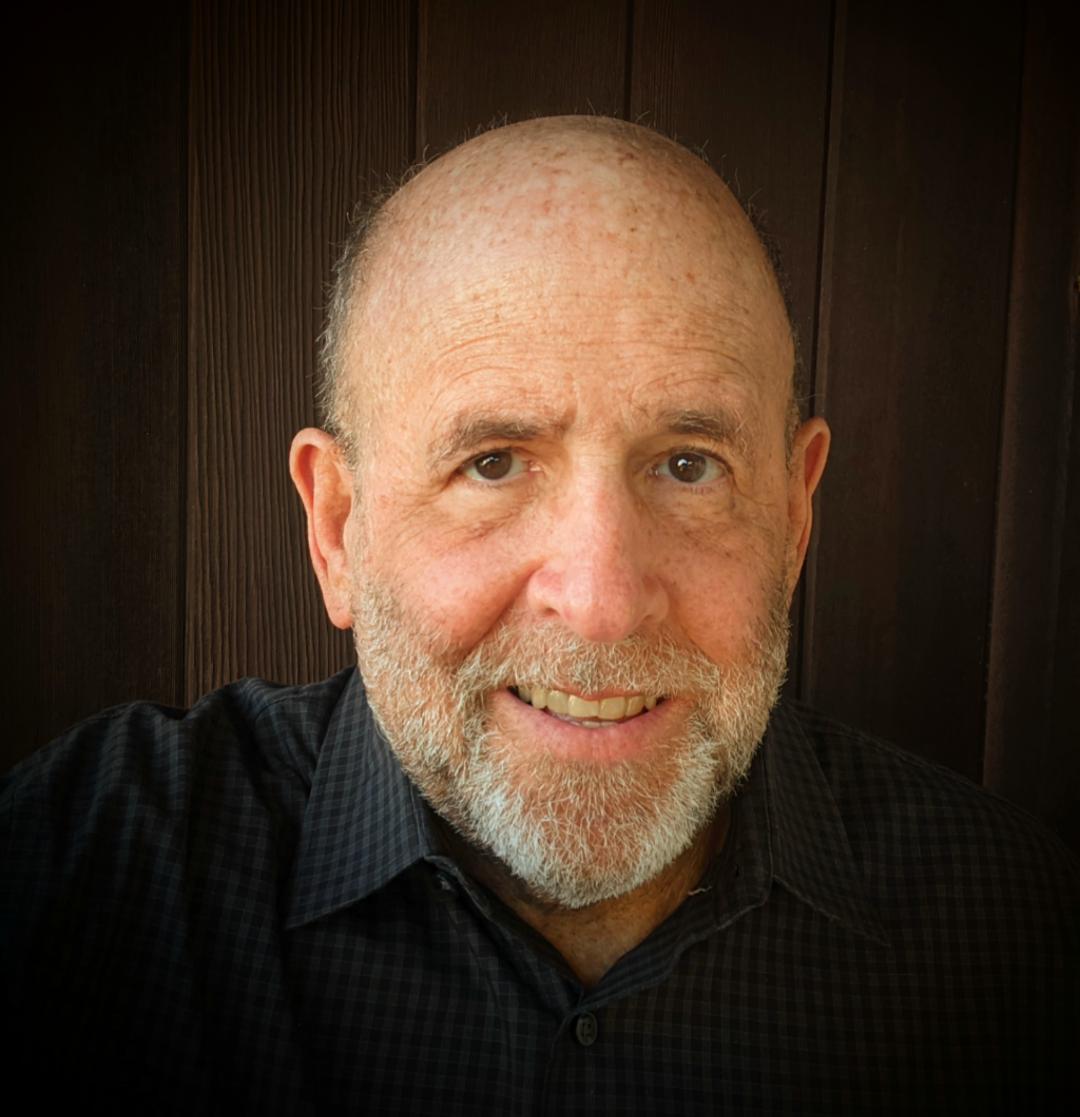Andrew Malekoff
Thinking about the recent tragedy in a San Jose railyard in which nine died from gunshot wounds, I have lost track of the number of times I have written or spoken about mass public shootings in the U.S.
The very first time was 22 years ago after the April 20, 1999 Columbine High School shooting. Although Columbine was not the first of its kind, it seemed novel at the time. No more. Some analysts described Columbine as a playbook for mass shootings.
In my role as a social group worker, one month after Columbine I organized a group of 12 teenagers and 8 adults for a one-time gathering, to provide background research for a network broadcast on how kids and adults on Long Island were coping.
The youngest in the group was a 14-year-old girl. I imagine that today she might be a mom with children of her own, also growing up with the steady beat of mass shootings that have crossed over into the next generation. No longer an anomaly, mass shootings have become deeply embedded in U.S. culture.
I recall one mom Maria, who was a guidance counselor, telling the group: “As a kid I grew up in a poor neighborhood in the inner city, which was not a safe place to be. The school doors were always locked and chained. You never used the bathroom and did not know when you might get beat up when you might be a target of rage. So now I live in the suburbs, which I thought would be safe for my kids. It’s quiet and there are no fights, yet the terror is the same.” Maria, continued, “the fears I thought I had escaped have returned, only in a new form. It could happen anywhere.”
Maria’s nightmare has become our reality. “Rinse and repeat, rinse and repeat, rinse and repeat,” said California Gov. Gavin Newsom in the immediate aftermath of San Jose. And, then he mused aloud, “What the hell is going on in the United States of America?”
Here is what is going on: There have been, on average, 10 mass shootings in the U.S. each week this year alone, according to a May 10 report by NPR. The report concluded that “while a rise in gun sales and divergence of some public health funding could be linked to the spike in gun violence, experts say it can be a challenge to isolate any single cause.”
As is the case with most sentient Americans, I strongly believed that the Sandy Hook Elementary School massacre on December 14, 2012 that took the lives of 26, including 20 children between six and seven years old, would lead to radical change.
I was wrong. At the time, it felt like it was unprecedented because of the age of the children, all first graders. I was wrong.
What I find remarkable about these shootings is how soon people forget. For example, just 12 months before Sandy Hook, three high school students were shot and killed and a fourth paralyzed from the waist down, by a teenaged shooter at Chardon High School, about 30 miles east of Cleveland, Ohio.
After Sandy Hook, thousands of cards and letters arrived in Newtown, from all over the world, offering condolences and support. Two months after the tragedy, the founder of a non-profit formed to help the Sandy Hook community to heal, read a letter written by someone from Chardon.
The letter-writer included details of what had happened there some months earlier. As he traveled throughout Newtown, sharing the Ohioan’s letter with neighbors and friends, their responses were the same as his. “Chardon?”
If you read between the lines and the years of mass shootings, from Columbine to San Jose, there were many more in between that have all but faded from memory. As journalist Gary Smith suggested, “the clock is already ticking in the land of amnesia.”
How long before San Jose is gone too?



